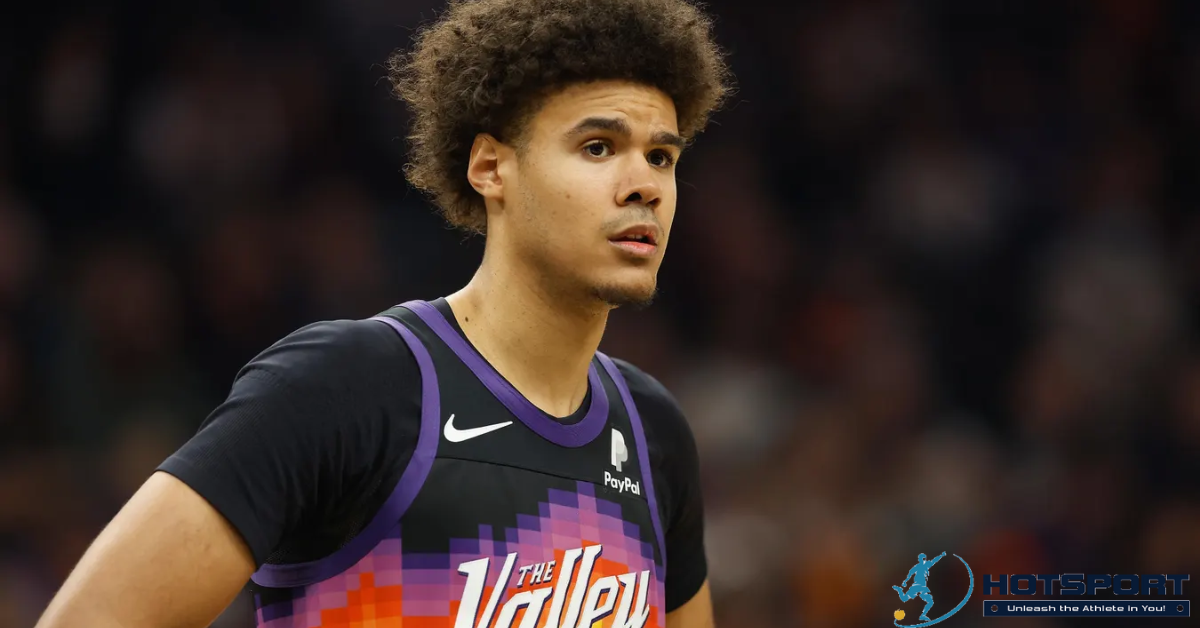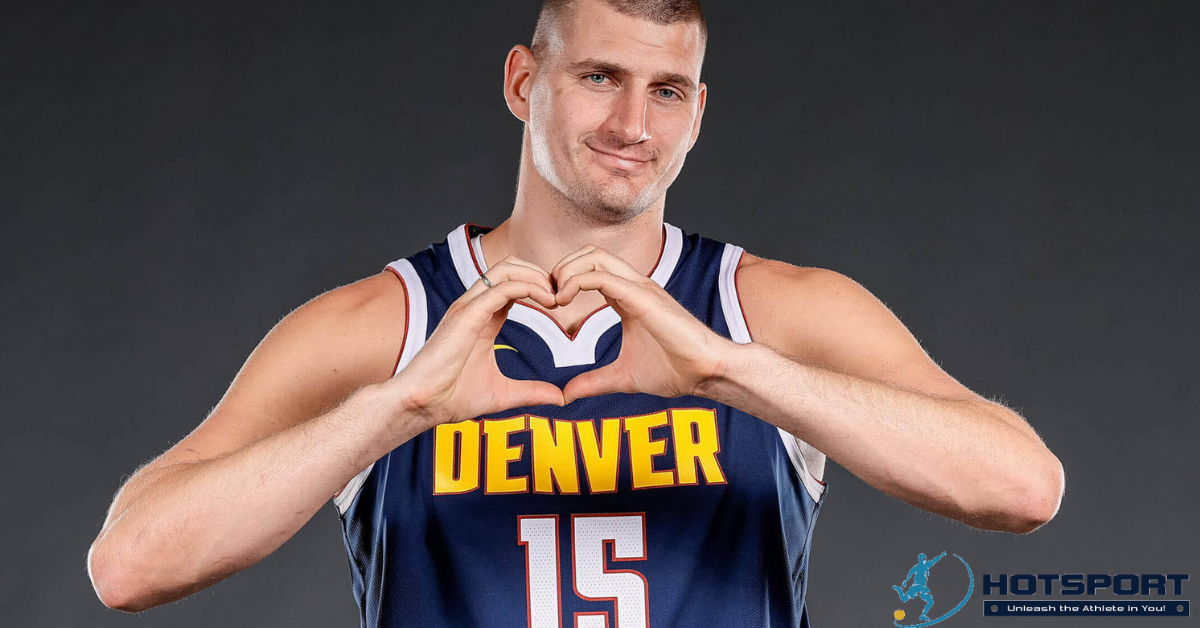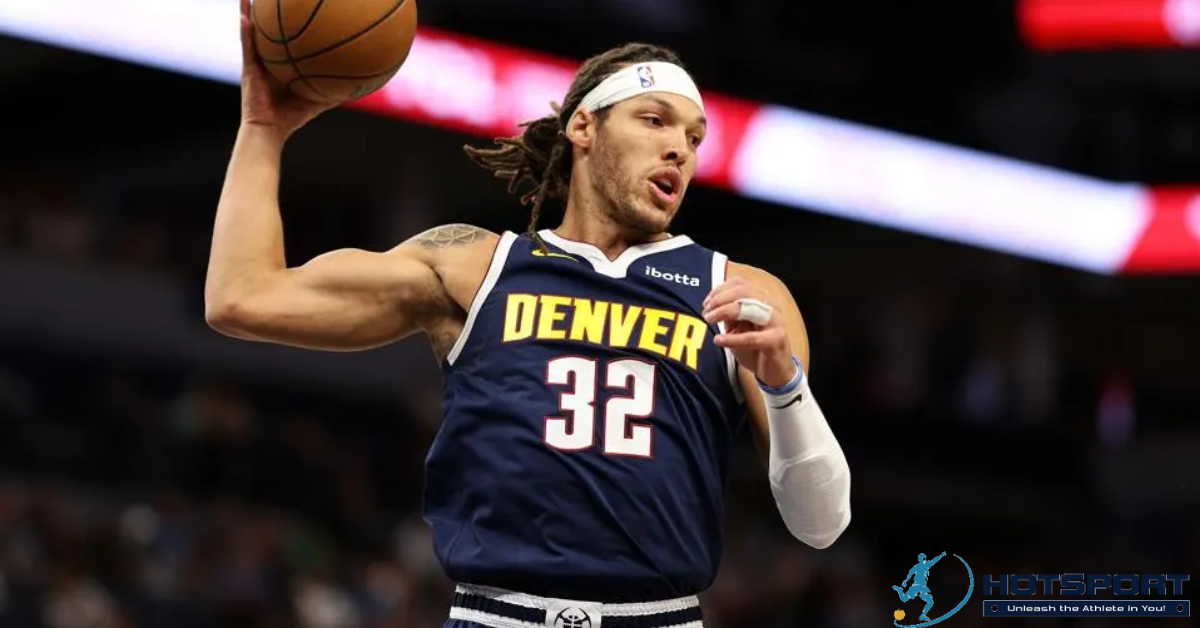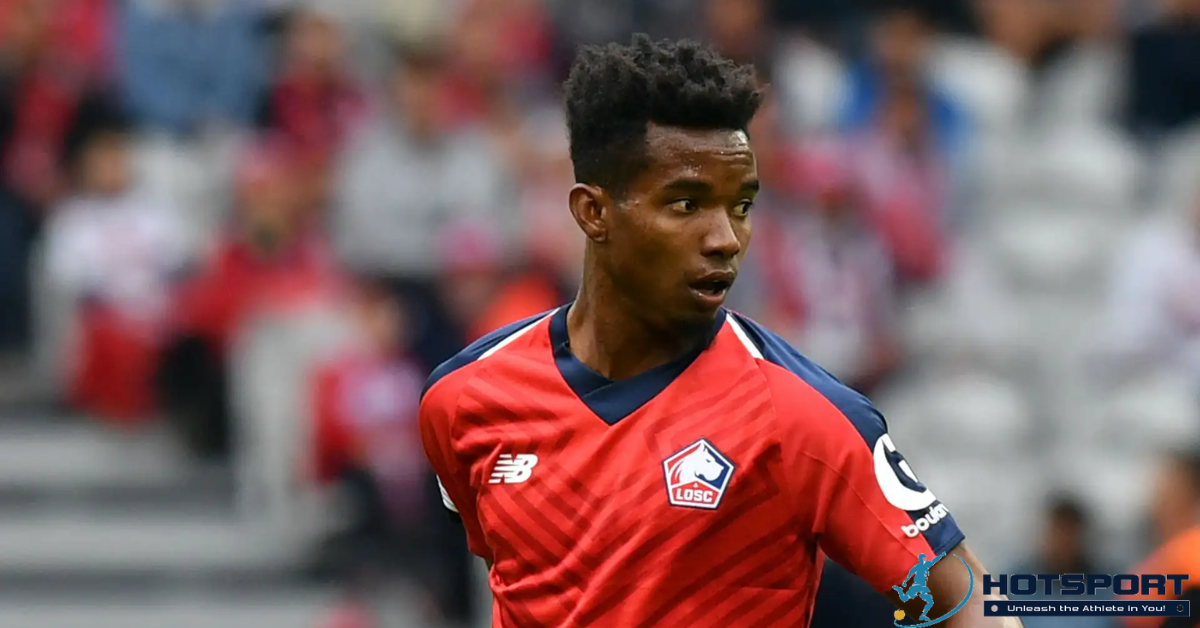Introduction – LDU Quito x Palmeiras
The LDU Quito vs. Palmeiras clash went down in Copa Libertadores 2025 history as one of the biggest clashes of the season. On a night of pure intensity at Rodrigo Paz Delgado Stadium, the Ecuadorian team crushed Palmeiras 3-0, stunning the continent with their attacking, collective, and relentless football. It was one of those matches where context, commitment, and heart outweighed favoritism.
From the opening whistle, it was clear that the scenario would be different than many imagined. LDU Quito, driven by the crowd and the pressure of the altitude, showed a hunger for victory, suffocating marking, and a confidence that overflowed with every play. Meanwhile, Palmeiras, the traditional South American champion, felt the weight of the atmosphere and the physical impact of playing in Quito.
The result was more than a victory—it was a statement of identity. LDU Quito demonstrated that Ecuadorian football continues to thrive and that continental respect is more alive than ever. Meanwhile, Palmeiras left the field in silence, aware that they will face a nearly impossible task in the return leg.
The rout reverberated across the continent. Headlines, debates, and analyses point to the fact that LDU Quito vs. Palmeiras may have been the turning point in the 2025 Copa Libertadores.
Pre-match context – ambitions, atmosphere and preparation
LDU Quito: confidence, altitude and perfect tactics
For LDU Quito, the semifinal against Palmeiras represented more than just a match—it was an opportunity to prove their mettle against one of the continent’s giants. The club was riding high from convincing eliminations in the previous rounds, and the coach was confident in the power of altitude and the support of the fans to make the difference.
The planning was meticulous. The team trained at an intense pace, prioritizing quick transitions and long balls to exploit the opponent’s physical fatigue. Every detail was designed to take advantage of the local factors: from muscle recovery adapted to the altitude to lateral movements that would open up space behind the Palmeiras defense.
The atmosphere in Quito also played a role. More than 40,000 fans turned the stadium into a cauldron, pushing the team with every tackle. The chant of “Sí se puede” echoed like a prophecy, and the atmosphere of faith and confidence created a palpable psychological effect on the opponent.
LDU Quito, therefore, entered the field as if they already knew what they needed to do — control the intensity and not waste the chance to make history.
Palmeiras: favoritism and the weight of expectations
Palmeiras arrived in Quito as the natural favorite. Recently crowned two-time Libertadores champions, with a highly valued squad, an experienced coach, and high morale, everything indicated that Verdão was ready to control the game and seek a good result away from home.
However, the pre-match atmosphere was tense. The coaching staff knew that playing at altitude requires special mental and physical preparation, and that LDU tends to thrive at home. Despite having good possession and a well-adjusted formation, the team seemed cautious—perhaps overly so.
Furthermore, Palmeiras bore the pressure of maintaining its status as a continental powerhouse. This responsibility, combined with the need to manage a long and grueling season, impacted the intensity and emotional response on the field. When LDU imposed its rhythm and strength, Palmeiras was slow to react.
What was supposed to be a controlled test turned into a nightmare. And the favoritism that once seemed like an advantage became a burden.
First Half – Ecuadorian Explosion and Brazilian Collapse
The match started at a frenetic pace. LDU Quito took control from the first minute, pressing high and forcing Palmeiras to make mistakes when releasing the ball. Verdão tried to maintain possession, but difficulties adapting to the pitch and altitude made their passing slow and predictable.
In the 16th minute, Gabriel Villamil opened the scoring with a precise finish after a quick collective move down the right. It was the spark. The crowd erupted, and Palmeiras felt the blow. From then on, LDU grew alarmingly—it seemed like they were playing with an extra man.
The second goal came in the 27th minute, a penalty kick by Lisandro Alzugaray, after a handball was reviewed by VAR. The 2-0 lead set the stadium ablaze. Palmeiras tried to respond but were met by an impeccable defensive block and an inspired goalkeeper.
In stoppage time, Villamil scored again after a corner kick deflection, making the score 3-0 before halftime. The expressions on the Palmeiras players’ faces said it all: the first half had been a nightmare.
Second Half – Total Control and Party in Quito
With the result practically sealed, LDU Quito entered the second half with a clear strategy: manage the score without sacrificing intensity. Palmeiras, on the other hand, was looking for a goal that would keep them alive in the tie.
The visitors managed to push the game forward, but their actions lacked coordination. LDU’s midfield blocked key routes, and the defense demonstrated admirable consistency. Every interception was celebrated as a goal.
The LDU coach made occasional substitutions to freshen up the team and stem Brazil’s momentum. The team remained disciplined, dropping back and exploiting counterattacks. The fans, sensing the result was close, turned the final minutes into celebration.
The final whistle sealed one of the greatest victories in the Ecuadorian club’s history. LDU Quito vs. Palmeiras ended 3-0, but the impact was much greater: a symbol of resilience, strategy, and love for football.
Statistics and curiosities – LDU Quito x Palmeiras
| Statistic | LDU Quito | Palm trees |
|---|---|---|
| Goals | 3 | 0 |
| Total completions | 17 | 16 |
| Finishes on target | 7 | 3 |
| Ball possession (%) | 58.7 | 41.3 |
| Corners | 6 | 8 |
| Right passes | 395 | 342 |
| Yellow cards | 5 | 2 |
| Red cards | 0 | 0 |
| Goalkeeper saves | 3 | 4 |
| Fouls committed | 15 | 13 |
These numbers tell a story: LDU’s positional dominance and offensive efficiency. Even with less possession, Palmeiras shot fewer shots and posed little threat. The Ecuadorian team prevailed in intensity, mentality, and precision.
Individual Highlights & Responsibilities
Gabriel Villamil – the unlikely star
Villamil was the star of the night. With two goals and a tireless performance, the Colombian midfielder dominated the midfield and disrupted Palmeiras’ defense. His tactical awareness and cool finishing have made him one of the standout performers of the Libertadores so far.
Lisandro Alzugaray – leadership and control
Besides scoring the second goal, the Argentine was the brains behind LDU. He set the pace, guided his teammates’ positioning, and showed personality in decisive moments. A silent but decisive leader.
LDU defense – Ecuadorian wall
LDU’s defenders were impeccable. They closed down spaces, intercepted passes, and shut down Palmeiras’ attack. Goalkeeper Domínguez was also crucial, with solid saves and a keen understanding of the game.
Palmeiras – between mistakes and learning
Verdão’s performance fell short of expectations. Defensive errors, lack of creativity in midfield, and ineffective attack. Now, they’ll need a quick response to stay in the competition.
Impact, implications and the scenario ahead
LDU Quito’s victory over Palmeiras shakes up the 2025 Libertadores table. With a three-goal lead, the Ecuadorians are one step away from the final, and Palmeiras will have to play a perfect game at home to turn things around.
Beyond the score, the result carries symbolic weight: it represents the strength of Ecuadorian football and the rebirth of LDU as a continental power. The team that dazzled in 2008 seems poised for a glorious new chapter.
For Palmeiras, the challenge is more psychological than tactical. The team will need to react, reconnect with its style, and prove it still has the soul of a champion. The return match promises drama, intensity, and plenty of history.
If LDU confirms its qualification, it will be more than a spot in the final — it will be a reminder that the Libertadores rewards those who play with their heart.
Conclusion – LDU Quito vs Palmeiras
The LDU Quito vs. Palmeiras match will go down as one of the most iconic nights of the 2025 Copa Libertadores. Not only because of the 3-0 scoreline, but also because of the way LDU dominated the match from start to finish—with grit, intensity, and clinical precision. The Ecuadorian team played with heart and intelligence, dismantling a continental giant that had seemed untouchable in recent seasons.
This victory is a powerful reminder that South American football is still about emotion, atmosphere, and unpredictability. LDU, driven by their fans and the strength of Quito’s altitude, proved that nothing is impossible when a team plays with purpose. The aggressive style, tactical discipline, and individual brilliance of Gabriel Villamil and Lisandro Alzugaray reflect the spirit of a team that has once again set its sights high.
For Palmeiras, the result is a heavy blow—but also an opportunity to bounce back. The Verdão will have to rediscover its identity and find emotional balance if it hopes to overturn the deficit in the second leg. The Libertadores has always demanded resilience from its champions, and now it will be Abel Ferreira’s turn to show that it still has the guts to win.
In the continental context, what happened in Quito transcends the score. It was a declaration of Ecuadorian football: that it can compete, delight, and surprise. If LDU confirms its qualification, this victory will not be remembered simply as a rout—but as the moment the continent once again believed that passion, strategy, and courage can still defeat giants.
FAQs – Frequently Asked Questions about LDU Quito vs Palmeiras
- What was the final result?
→ LDU Quito beat Palmeiras 3-0. - Who scored the goals?
→ Gabriel Villamil (2) and Lisandro Alzugaray. - Where did the game take place?
→ At the Rodrigo Paz Delgado Stadium in Quito, Ecuador. - Why is the result historic?
→ It’s LDU’s biggest victory over a Brazilian club in the Libertadores semifinals. - What were the highlights of the match?
→ Villamil and Alzugaray for LDU; Weverton prevented a bigger score for Palmeiras. - What does Palmeiras need to do in the second leg?
→ Win by 3 or more goals to force penalties or turn the series around. - What is the impact of Quito’s altitude?
→ It influenced Palmeiras’ physical fatigue and pace, giving LDU the advantage. - Who was the best on the field?
→ Gabriel Villamil, scorer of two goals and driving force behind the Ecuadorian team. - What is the date of the return leg?
→ The return leg will be played the following week in São Paulo.



















